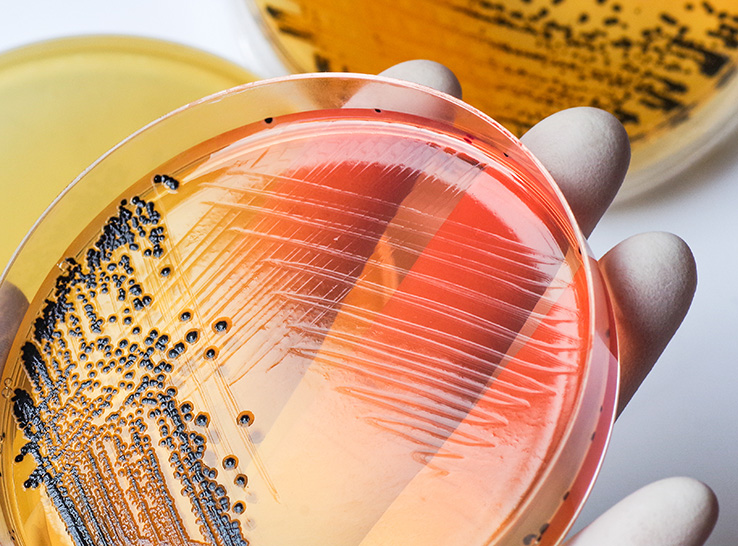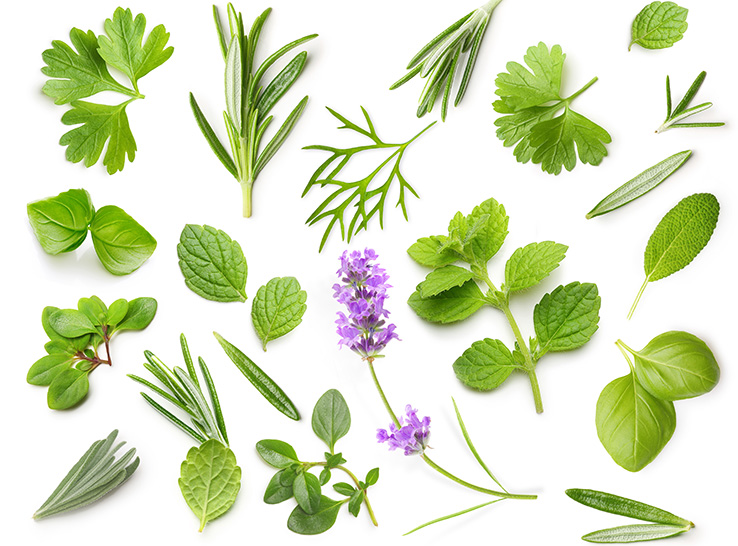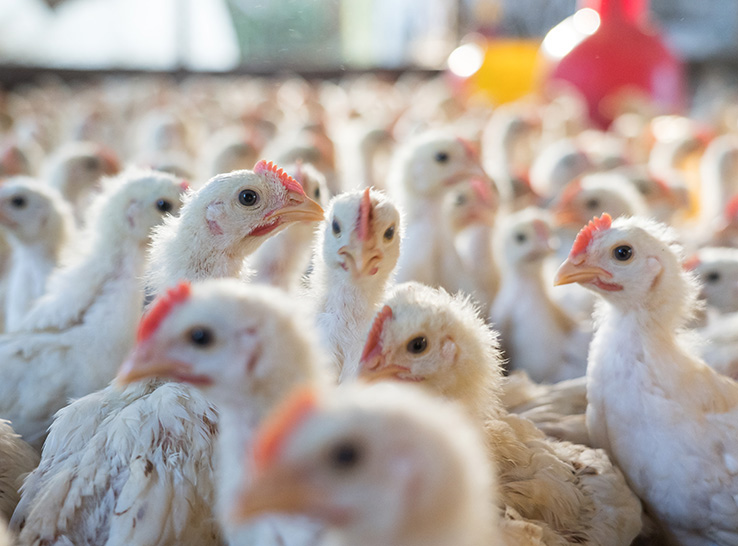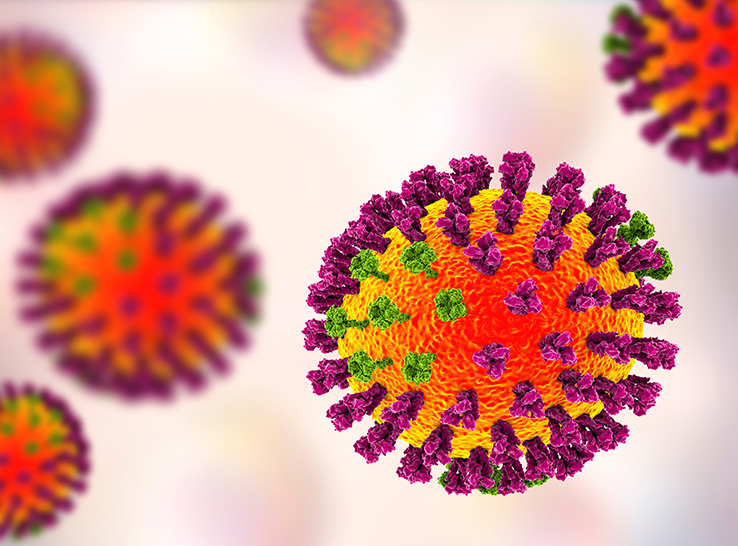Researchers investigating combinations of plant-derived ingredients observed a positive impact of a specific phytogenic feed additive when looking at production performance and meat quality in broilers — with particularly notable results for larger birds.
Making the right choices in feed additives is vital for producers, especially in times of volatility in feed markets. Prices and availability of ingredients can vary considerably, increasing the need for suitable alternatives that deliver appropriate nutrition to birds, as well as products that support digestibility of diets.
Phytogenics are increasingly of interest to producers and nutritionists, after research has shown that specific combinations of plant-derived ingredients increase feed intake, as well as supporting the gut microbiota and maintaining normal health status.1
The work, led by Megan Koppen, regional technical manager for poultry, Cargill Animal Nutrition, examined the effects of feeding the Delacon product Biostrong® 510 to Ross 708 male broilers, both fed on-top, or included in birds’ diets using nutritional matrix values based on 16 nutrient digestibility studies.
Testing over longer growth period
The corn- and soybean meal-based control diet used in the study was formulated to meet or exceed breeder recommendations, and included different phases from 0-14, 14-28, 28-42, and 42-56 days.
Along with the control diet with no additive, there were three test diets:
| Test diet 1 | Test diet 2 | Test diet 3 | Test diet 4 |
| Control diet | Conventional diet plus Biostrong 510 on top to day 42 | Conventional diet plus Biostrong 510 on top to day 56 | Conventional diet plus Biostrong 510 on top to day 42, considering matrix values from days 43 to 56 |
The researchers used 16 replicate pens of 25 birds for each diet, and recorded feed intake, body weight, and feed conversion ratio during each phase.
After slaughter at 56 days old, live body weight of the birds, as well as, overall yield, breast meat and leg weight yield, and wing processing metrics were recorded. Total antioxidant capacity of the birds at 55 days was measured, which can be used as one of the indicators of the animals’ overall health status.
“We knew from both internal and external past experiments that we could help improve meat quality as well as breast meat yield through the use of phytogenic additives,”2,3 Koppen explains.
“The value of certain meat cuts has also been increasing, so we set out to find out if we could produce more of a premium cut for the same price, or maybe even more economically.”
The impact of feed on later feeding stages is an under-studied area, she added, with producers often having to make assumptions on what is likely to happen with their larger birds based on 42-day studies.
Data highlights performance impact
The scientists observed that birds fed Biostrong 510 from 0-42 days had a significant improvement of feed conversion ratio when compared with the control (p<0.05). They also saw a trend (p=0.103) for birds on the 56-day feeding programs to have numerically higher gain when compared (P<=0.10) to the control and the 42-day Biostrong fed program.
Birds were significantly heavier when fed the additives until the end of the flock, except in regard to leg meat yields. The 56-day programs also resulted in statistically significant higher total antioxidant capacity, the scientists observed (P<0.05).
“Feed remains a particularly challenging part of poultry producers’ considerations. This means that value-add feed additive selection is of vital importance, especially with birds reared longer,” Koppen says.
“While phytogenics have been shown to make feed more palatable to poultry, there can also be clear economic advantages. In this study, the Biostrong 510 on-top and when considering matrix values yielded the most profitable results based on current US meat prices. An increase in meat yield turns into a higher return for producers.”
A nuanced picture of feed programs
On-top feeding proved to be the best performing diet in the study, she continued, meaning that a high-cost dietary strategy translates into optimized performance and better return on investment. However, for those producers choosing a lower-cost diet, they may still see improvements when adding Biostrong 510, as inclusion of the supplement based on matrix values performed better than a control diet.
“A lot of time, producers rearing older boilers will take off all the extra feed additives after the 42 days. Here, we’ve demonstrated that it pays to leave them in. Even though the feed seems cheaper, it’s not always in your best interest,” Koppen adds.
1 Abdelli, N., Solà-Oriol, D., & Pérez, J. F. (2021). Phytogenic feed additives in poultry: Achievements, prospective and challenges. Animals, 11(12), 3471.
2 Bobko, M., HaÅ, P., KňazovickÃ, V., Mellen, M., BobkovÃ, A., & TkÃ, J. (2015). Oxidative stability of chicken meat after application phytogenic additives in their diet. Journal of microbiology, biotechnology and food sciences, 4 (special issue 3 (Food Sciences)), 14-17.
3 Llorca, A. (2015). Effects of a phytogenic feed additive on breast meat yield and quality in broiler. Proceedings of the 3rd international poultry meat congress, Antalya.
Editor’s note: Content on Modern Poultry’s Industry Insights pages is provided and/or commissioned by our sponsors, who assume full responsibility for its accuracy and compliance.










